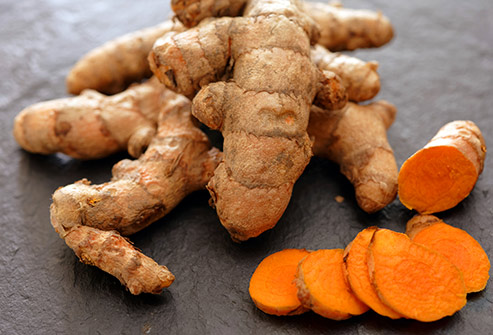Certainly — here’s a detailed list of herbal medicines used for pain relief, including what they are, how they work, what conditions they help with, and any cautions to be aware of:
1. Turmeric (Curcuma longa)
- Used for: Joint pain, arthritis, muscle inflammation
- How it works: Contains curcumin, a powerful anti-inflammatory and antioxidant. It inhibits inflammatory molecules like COX-2 and NF-κB.
- How to use: Often taken as capsules or powder (mixed into food or drinks); best absorbed with black pepper (piperine) and fat.
- Precautions: May interact with blood thinners (e.g., warfarin) and could cause mild digestive upset in some people.
2. Willow Bark (Salix alba)

- Used for: Headaches, back pain, osteoarthritis
- How it works: Contains salicin, which is metabolized into salicylic acid (similar to aspirin). Reduces inflammation and pain.
- How to use: Available as teas, capsules, or extracts.
- Precautions: Can irritate the stomach or cause allergic reactions (especially in people allergic to aspirin). Avoid in children or people with bleeding disorders.
3. Devil’s Claw (Harpagophytum procumbens)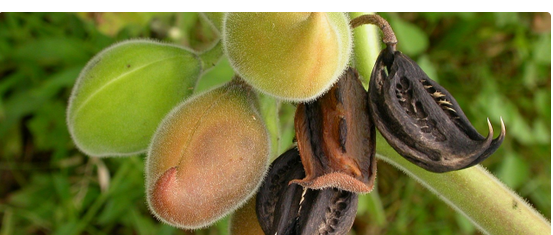
- Used for: Lower back pain, arthritis, joint pain
- How it works: Anti-inflammatory and analgesic effects, possibly by inhibiting COX-2 and TNF-α.
- How to use: Capsules or dried root extracts.
- Precautions: Can interact with blood thinners and affect blood pressure or blood sugar levels.
4. Boswellia (Boswellia serrata, Frankincense)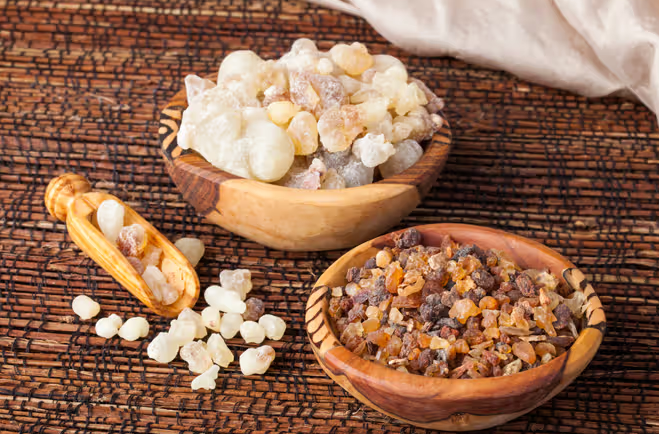
- Used for: Osteoarthritis, rheumatoid arthritis, inflammatory bowel disease
- How it works: Reduces leukotriene production (inflammatory molecules). May protect cartilage.
- How to use: Standardized extracts in capsules or tablets.
- Precautions: Generally well-tolerated, though may cause mild digestive upset in some users.
5. Capsaicin (from Chili Peppers)
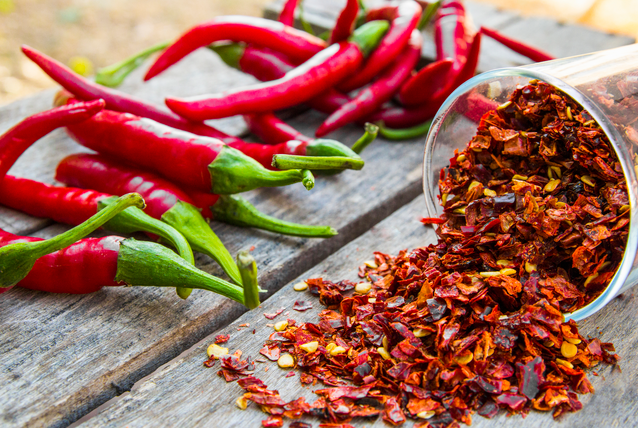
- Used for: Neuropathic pain (nerve pain), arthritis, postherpetic neuralgia
- How it works: Depletes substance P, a neurotransmitter involved in pain signaling.
- How to use: Only used topically (creams, gels, or patches). Not for oral use.
- Precautions: Can cause a burning or tingling sensation initially. Avoid contact with eyes or mucous membranes.
6. Ginger (Zingiber officinale)
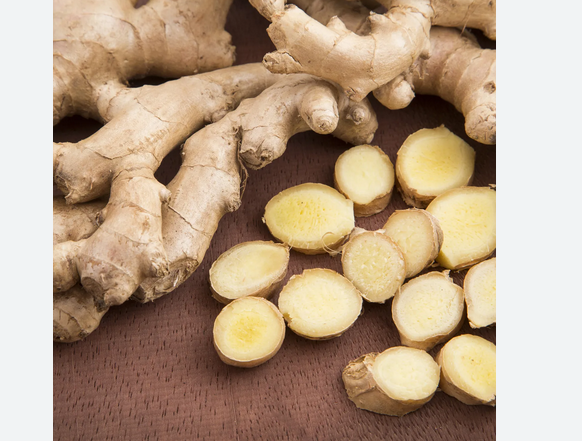
- Used for: Menstrual pain, muscle aches, osteoarthritis
- How it works: Inhibits prostaglandins and leukotrienes (inflammatory molecules). May also reduce muscle soreness.
- How to use: Fresh, dried powder, teas, or capsules.
- Precautions: High doses may cause heartburn or interact with blood thinners.
7. Kratom (Mitragyna speciosa)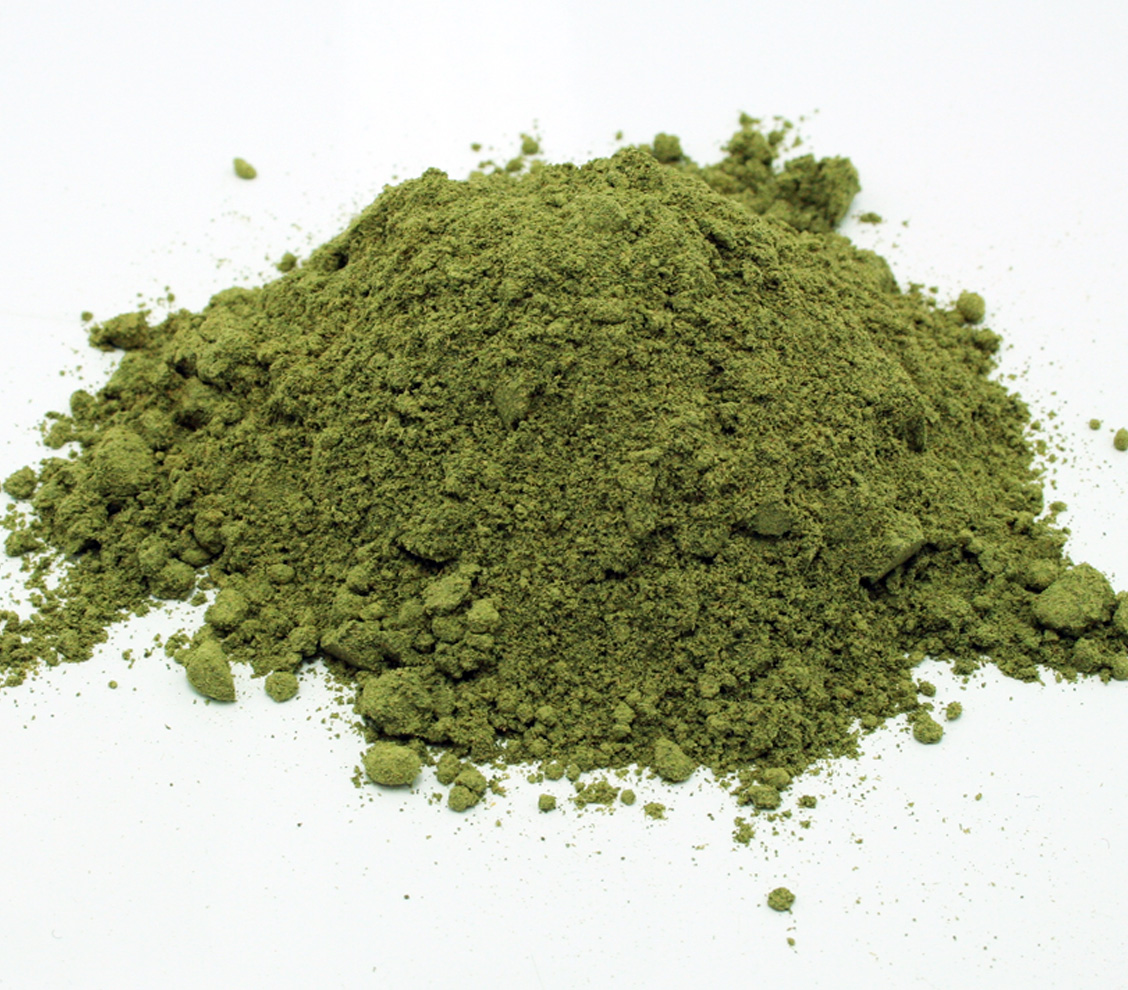
- Used for: Severe pain, opioid withdrawal
- How it works: Contains mitragynine and 7-hydroxymitragynine, which bind to opioid receptors and reduce pain.
- How to use: Leaves are brewed as tea or taken in powder/capsule form.
- Precautions: Risk of addiction, tolerance, and withdrawal symptoms. Can cause liver issues, sedation, or respiratory depression at high doses. Legal status is restricted in many countries.
8. St. John’s Wort (Hypericum perforatum)
- Used for: Mild nerve pain, sciatica, and mood-related pain
- How it works: Acts on serotonin, dopamine, and norepinephrine systems. Can help with pain linked to mood disorders.
- How to use: Extracts in capsules, tablets, or tea.
- Precautions: Highly interactive with many medications (antidepressants, birth control, blood thinners, etc.). Risk of serotonin syndrome if combined with SSRIs.
9. CBD (Cannabidiol)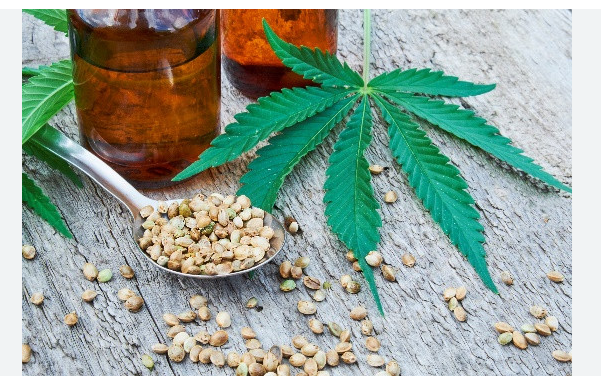
- Used for: Chronic pain, neuropathic pain, arthritis, fibromyalgia
- How it works: Acts on the endocannabinoid system to reduce inflammation, pain transmission, and hypersensitivity.
- How to use: Oil tinctures, capsules, topicals, or edibles. Non-psychoactive (unlike THC).
- Precautions: Legal status varies by country or state. May interact with medications metabolized by the liver (via CYP450). Mild side effects can include drowsiness, dry mouth, or appetite changes.
- How is cannabidiol different from marijuana, cannabis, and hemp? CBD, or cannabidiol, is the second most prevalent active ingredient in cannabis (marijuana). While CBD is an essential component of medical marijuana, it is derived directly from the hemp plant, a cousin of marijuana, or manufactured in a laboratory. One of hundreds of components in marijuana, CBD does not cause a high by itself.
According to a report from the World Health Organization, “In humans, CBD exhibits no effects indicative of any abuse or dependence potential…. To date, there is no evidence of public health related problems associated with the use of pure CBD.” A recent study in the journal Neuropsychopharmacology concluded that “acute CBD alone is unlikely to significantly impair daily functioning or workplace performance.”
Is cannabidiol legal?
CBD is readily obtainable in most parts of the United States, though its exact legal status has been in flux. All 50 states have laws legalizing CBD with varying degrees of restriction. In December 2015, the FDA eased the regulatory requirements to allow researchers to conduct CBD trials. In 2018, the Farm Bill made hemp legal in the United States, making it virtually impossible to keep CBD illegal — that would be like making oranges legal, but keeping orange juice illegal.
These herbs can be powerful tools in managing pain, especially when used alongside other treatments (physical therapy, diet, etc.). However, quality control, dosing, and interactions are major concerns with herbal products, so professional guidance is highly recommended.

